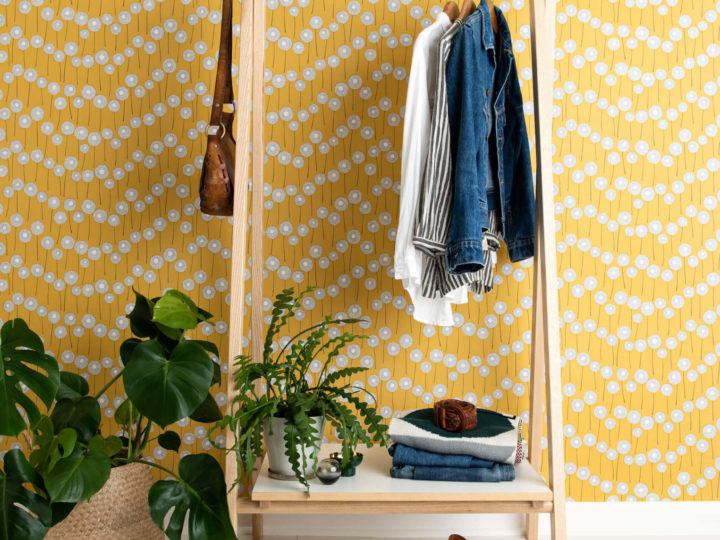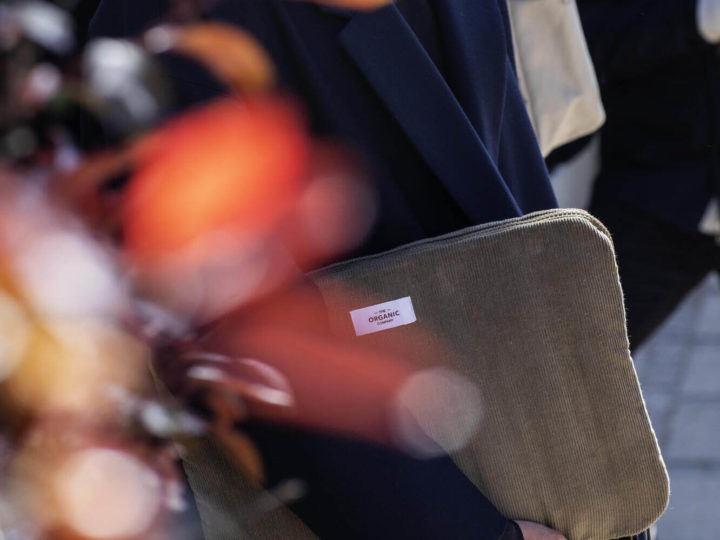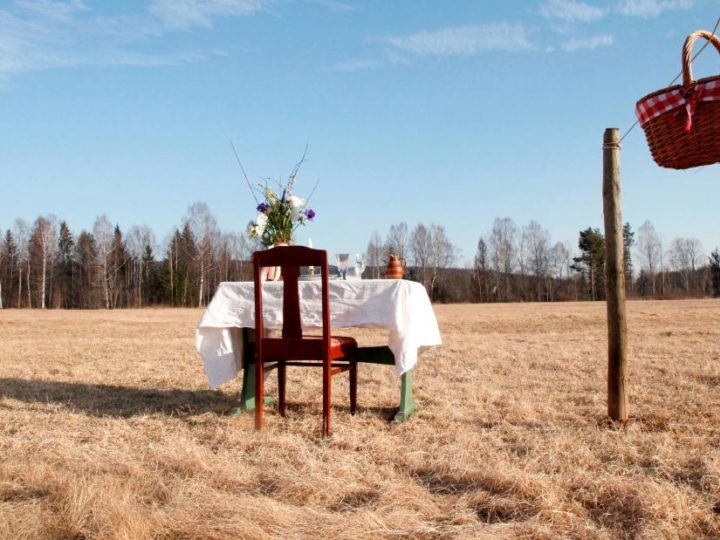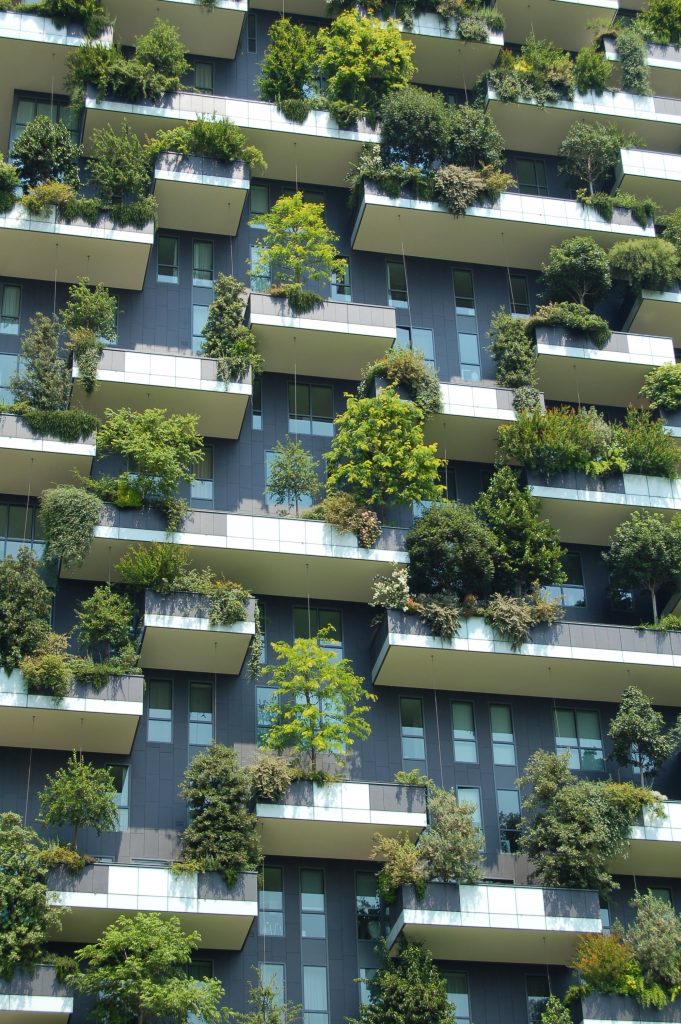
The future of design presents us with an opportunity for Positive Mental Attitudes, with regards to climate change and, importantly, also the wellbeing of our species. We must believe it’s possible to be more in tune, and surround ourselves with others who share this belief. Great plans then start forming. Architects and interior designers have a responsibility to lure people not into more luxury, but rather to look inwards, and help people connect with the planet that is our home.
The Future of Design: A New Way of Feeling and Thinking
I recently went to a talk hosted by Interface. The topic was “The Future and What To Do About It”, with a panel of experts on climate future and sustainability.
I came out excited about the future of design. There are many clever people out there, doing immensely clever things. Technological Innovation has the responsibility to move industry away from “Business as Usual”.
Mark Stevenson, Futurologist and founder of We Do Things Differently, points out that “Innovation is not scattering colourful cushions around an office. It’s a new way of feeling and thinking”.
Stevenson noted that a solar phone that never runs out of battery is no longer the stuff of sci-fi movies. It is actually only 5 years away. One step beyond, imagine a phone that takes a blood test, downloads the medicine and prints it on a 3D printer. And just think how much further this thread can be taken.
Climate Change as an Opportunity
Nigel Stansfield of Interface, echoed this positive approach. He feels that we should “Look beyond doing less harm, and think about how we can have a positive impact to reverse global warming.” Interface lives by their “Mission Zero”, aiming to produce zero carbon by 2020. They want to treat carbon as a resource. Rather than viewing climate change as a problem, they see it as an opportunity.
As leaders in climate innovation, Interface have recently announced the first ever carbon negative carpet tile, the Proof Positive Tile. Plants take carbon out of the atmosphere via photosynthesis but release it when they die. Interface takes this carbon and transform it into a durable material that stores the carbon for at least one generation. This materials is used in the Proof Positive tile.
Fortunately, Interface are not alone in this positive attitude to climate change. Their Climate Take Back report shows that 95% of climate experts believe that climate change can be reversed.
The Future of Design: Solutions Availability
This positive attitude to the future of design, and our environmental connection, needs to spread beyond climate experts. And the solutions need to be made available to the masses, not just businesses and elite home-owners.
Climate optimism opens up the path to solving global problems.
Innovation in circular economy, for instance, opens up new approaches to the lack of affordable housing. A great example of this is the nursing home in the Netherlands that offers free accommodation to students in return for volunteering. (More detail can be found here).
We need people to feel they can easily make a positive difference. Tesla have made astounding advancements in this field, with their affordable solar roof tiles.

These affordable solar roof tiles by Tesla have solved the issue of solar panels not being suitable on loft conversions. They also look little different to standard tiles. They are event significantly stronger. Photo credit: Tesla
Expand The Environmental Connection
Incorporating the outdoors with our indoor spaces can help create environmental awareness and overall wellbeing of our species. Biophilic design recognises our innate need to connect with nature in order for us to be productive, creative and generally feel good. So biophilic designs thus incorporate greenery, light, views, textures, sights and sounds that mimic and connect to nature. This principle applies in the home, workplace, hospitals, schools and more.
The Japanese practice of forest bathing, or shinrin-yoku, has received a lot of attention lately, and good reason. This simply means walking in the woods. Japanese healthcare practitioners have since the 1980s prescribed this as an a preventative and healing therapy, where patients are ordered to walk slowly, breathe deeply and open their senses. Many trees and soil release organic compounds and photoncyde oils that help support our “NK” (natural killer) cells, strengthening our immune system. Among many other things, these allow our immune system to fight cancer.

Japanese healthcare practitioners recommend shinrin-yoku, or forest bathing. Simply going for a walk to reduce blood pressure, improve sleep, reduce stress and strengthen your immune system.
The benefits of Forest Bathing
Shinrin-yoku.org define the benefits of this medicinal practice:
Strengthened immune system functioning, notably:
- Reduced blood pressure
- Reduced stress
- Improved mood
- Increased ability to focus, even in children with ADHD
- Accelerated recovery from surgery or illness
- Increased energy level
- Improved sleep
The less tangible results are just as important to our wellbeing:
- Deeper and clearer intuition
- Increased flow of energy
- Increased capacity to communicate with the land and its species
- Deepening of friendships
- Overall increase in sense of happiness
The Link Between Forest Bathing and The Future of Design
Interior designers and architects have a responsibility here. They can move design away from pure luxury, and towards innovative sustainability, with a more naturally connected lifestyle. Sustainability isn’t just about saving our planet, but also maintaining the health of human beings.
If employers adopt biophilic design principles to create an environment that nurtures the wellbeing of their staff, the company will see positive results on absenteeism, staff retention and ultimately, the bottom line. Re-charging our batteries shouldn’t be reserved for leisure time. If a space is created with care, we can actually recharge also at work.
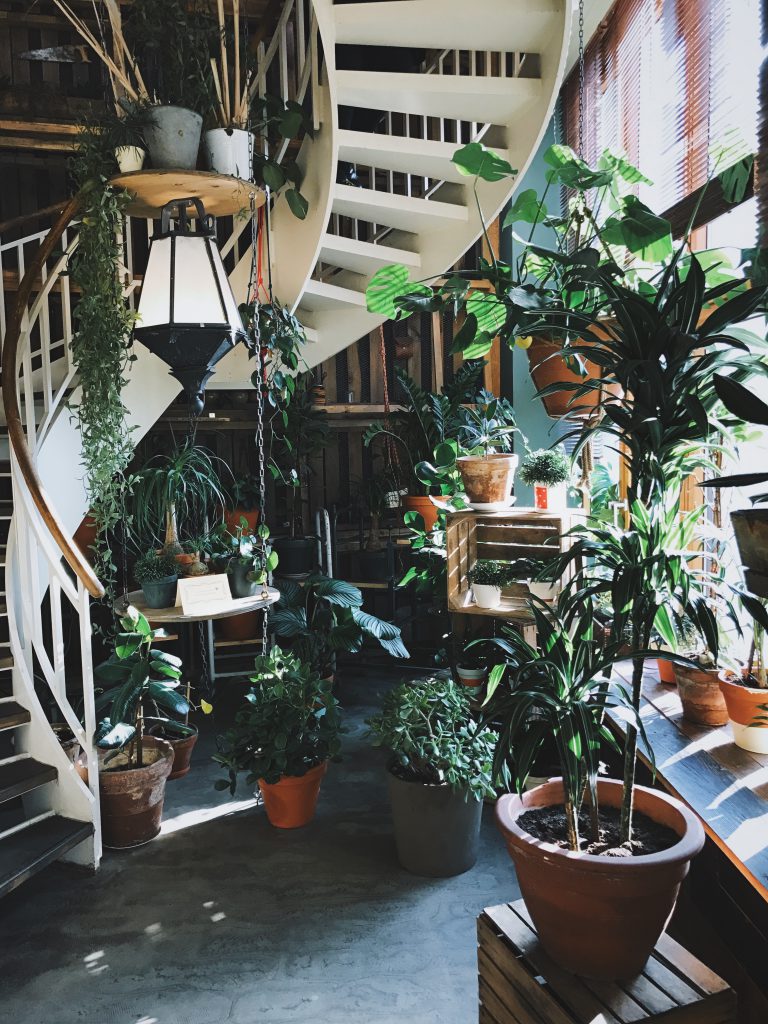
Adding visual stimuli with forms, textures and materials engages people more with the design. An interesting staircase also encourages people to use them over the elevator. Image credit: Judah Guttmann
The Future of Design: How interiors Can Connect with Nature and Make People Care
Here are some ideas for biophilic designs. Some simple, some more involved:
-
- Incorporate lots of plants, natural colours and materials. Create effects with greenery both at eye level and high up, and of varying sizes. Large plants can actually make a space feel bigger, while plants high up draw the eye upwards. If plants are placed near windows, they create an interesting dappled effect. Reflective surfaces that bounce light around the room will also create a perception of space.
- Wood naturally controls condensation and temperature, so use liberally!
- Design spaces that make us want to use our bodies, such as smaller desks, interesting standing- and interactive work spaces to get off that chair. If budget and space allows, incorporate a feature staircase so people opt for the stairs over the elevator.
- If possible, position seating and desks to offer a view over a garden, ideally with lovely picnic area.
- Create interiors that engage people, tell a story and make people care. Think furniture made from salvaged materials or from a tree where the grain is visible. People want a reason to feel proud of where they work, socialise and live.
- In offices and public spaces, create interesting break out areas, that can make people feel like they are outdoors. Better yet, have a covered meeting or socialising area outdoors, to boost creative ideas and recuperation.
Incorporating Greenery for our Wellbeing

Try to offer employees a green outdoor space for business and pleasure. Image credit: Josh Wilburne
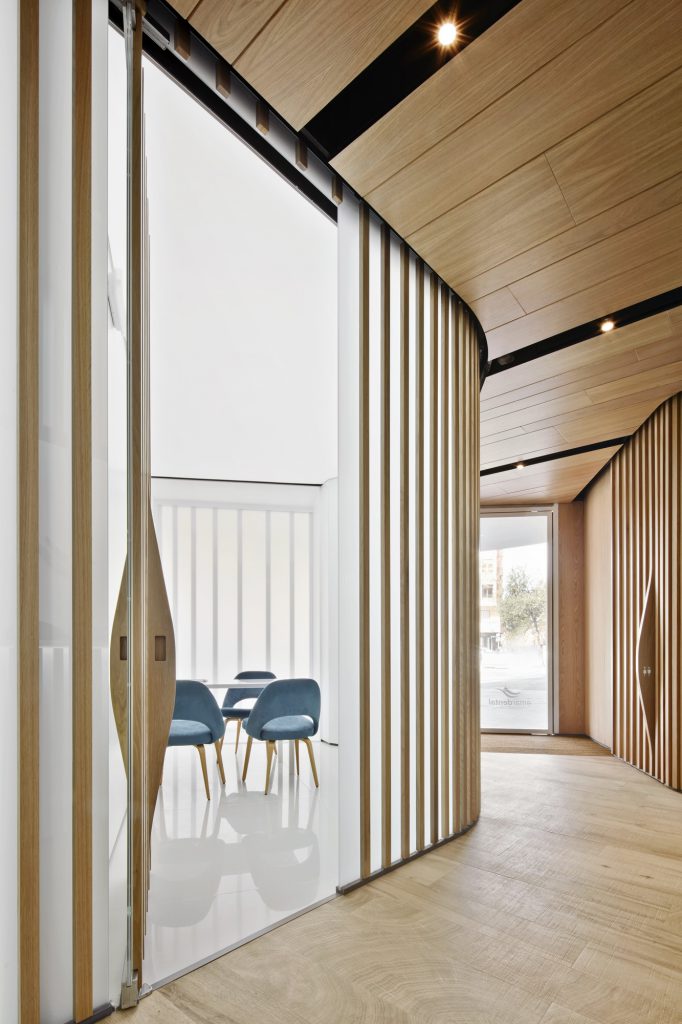
Wood, textures, forms and and daylight play an important role in making patients feel at ease in the Emardental dental clinic. Biophilic design principles, that incorporate nature, work as natural pain reducers and increase wellbeing. Design by OHLAB / Paloma Hernaiz and Jaime Oliver. Photo by José Hevia.

This Victorian house in London’s Peckham Rye takes a fully botanical approach. The otherwise quite stark walls come alive with colour, shape and texture. Greenery high and low create visual stimuli and expand the space. Image credit: JJ Media
Moving Ahead
So, in conclusion, the Future of Design should not be seen as a problem just for experts. It’s an opportunity for optimism in innovation and design. This trickles all the way from experts, to space designers, to ordinary people in ordinary homes. So to safeguard the future of our planet and species, we need to incorporate nature into every part of our lives to keep it at the forefront of our attention. Only then will we have an awareness and optimism that allows us to take positive action in all aspects of our lives.
Explore Biophilic Design Further
You may be interested in reading more about the benefits of biophilic design. I’ve also written this article on how I applied this in my own home.
If you agree with the stance presented here, please do share on your favourite channel. And why not subscribe to a weekly update from Chalk & Moss.
This blog post is a part of the Design Blogger Competition organised by CGTrader #designingforfuture
Comment (1)
-
Awesome article!

